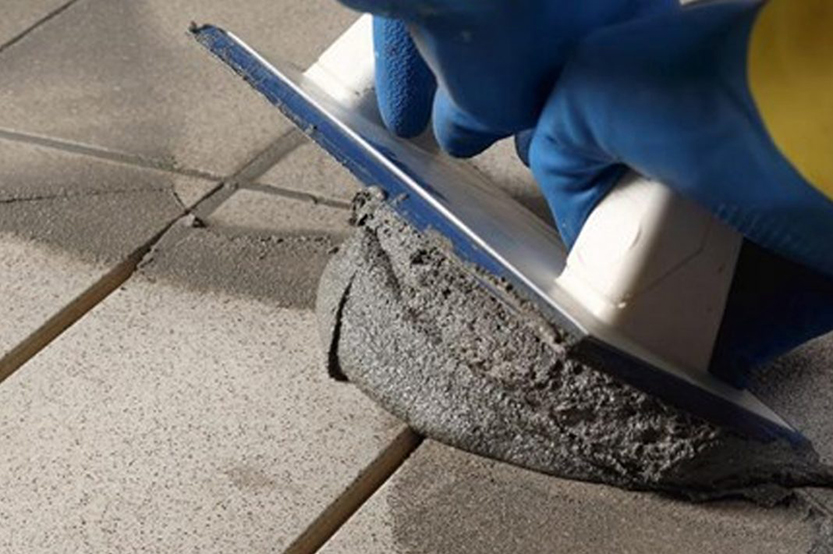
Лис . 29, 2024 20:35 Back to list
Solubility of HPMC in Ethanol and Its Implications for Pharmaceutical Applications
HPMC Solubility in Ethanol A Comprehensive Overview
Hydroxypropyl methylcellulose (HPMC) is a cellulose ether widely used in various industries, including pharmaceuticals, food, and cosmetics. Its versatile properties make it a critical additive in formulations, particularly due to its ability to modify viscosity and stabilize emulsions. One area of interest is the solubility of HPMC in ethanol, which has significant implications for its application in different fields.
Understanding HPMC
HPMC is derived from cellulose through a process that involves the substitution of hydroxyl groups with hydroxypropoxy and methoxy groups. This modification enhances its solubility in organic solvents, setting it apart from other cellulose derivatives. The degree of substitution affects its properties, including solubility, viscosity, and gel-forming ability, crucial for applications in drug formulation, food products, and adhesives.
Solubility Characteristics
The solubility of HPMC in ethanol is influenced by several factors, including the molecular weight of the polymer, the concentration, and the temperature of the solvent. Generally, HPMC displays limited solubility in pure ethanol due to its hydrophilic nature. However, the presence of water or other co-solvents can significantly enhance its solubility. This is primarily because the polymer's hydroxyl groups can form hydrogen bonds with water, modifying its interaction with ethanol.
Factors Affecting Solubility
1. Molecular Weight Higher molecular weight HPMC tends to have lower solubility in ethanol. This is attributed to the increased viscosity and entanglement of the polymer chains, which restricts movement and dissolution.
2. Concentration At lower concentrations, HPMC demonstrates better solubility in ethanol. As the concentration increases, the solubility decreases due to the limited availability of solvent to interact with the polymer.
hpmc solubility in ethanol

3. Alcohol-water Mixtures When ethanol is mixed with water, the solubility of HPMC significantly improves. Ethanol-water mixtures can effectively disrupt the hydrogen bonding network that holds water molecules together, allowing better interaction and solubilization of HPMC.
4. Temperature Increasing the temperature typically enhances the solubility of HPMC in ethanol by increasing the kinetic energy of the molecules, promoting better interactions between the solvent and the polymer.
Applications of HPMC in Ethanol Solutions
The solubility of HPMC in ethanol solutions presents several advantages across various applications
1. Pharmaceuticals In drug formulations, HPMC is often used as a binder, film-forming agent, and thickener. Its ability to dissolve in ethanol-water mixtures allows for the preparation of controlled-release formulations and hydrophilic matrices.
2. Food Industry HPMC is used as a thickening agent and stabilizer in food products. Understanding its solubility in ethanol aids in the formulation of products like sauces, dressings, and bakery goods, where alcoholic components may be present.
3. Cosmetics In cosmetic formulations, HPMC serves as a rheology modifier and emulsifier. Its solubility in alcohol can enhance the stability of creams and lotions, especially those containing alcoholic extracts or fragrances.
Conclusion
The solubility of hydroxypropyl methylcellulose in ethanol is a crucial factor that governs its application across various industries. While HPMC shows limited solubility in pure ethanol, the introduction of water or other polar solvents can significantly enhance its dissolution properties. As researchers and formulators continue to explore the interactions between HPMC and various solvents, a deeper understanding of these solubility characteristics will lead to more innovative and effective formulations. The versatility of HPMC, coupled with its solubility in ethanol, ensures its continued relevance in fields ranging from pharmaceuticals to food technology.
-
Versatile Hpmc Uses in Different Industries
NewsJun.19,2025
-
Redispersible Powder's Role in Enhancing Durability of Construction Products
NewsJun.19,2025
-
Hydroxyethyl Cellulose Applications Driving Green Industrial Processes
NewsJun.19,2025
-
Exploring Different Redispersible Polymer Powder
NewsJun.19,2025
-
Choosing the Right Mortar Bonding Agent
NewsJun.19,2025
-
Applications and Significance of China Hpmc in Modern Industries
NewsJun.19,2025







